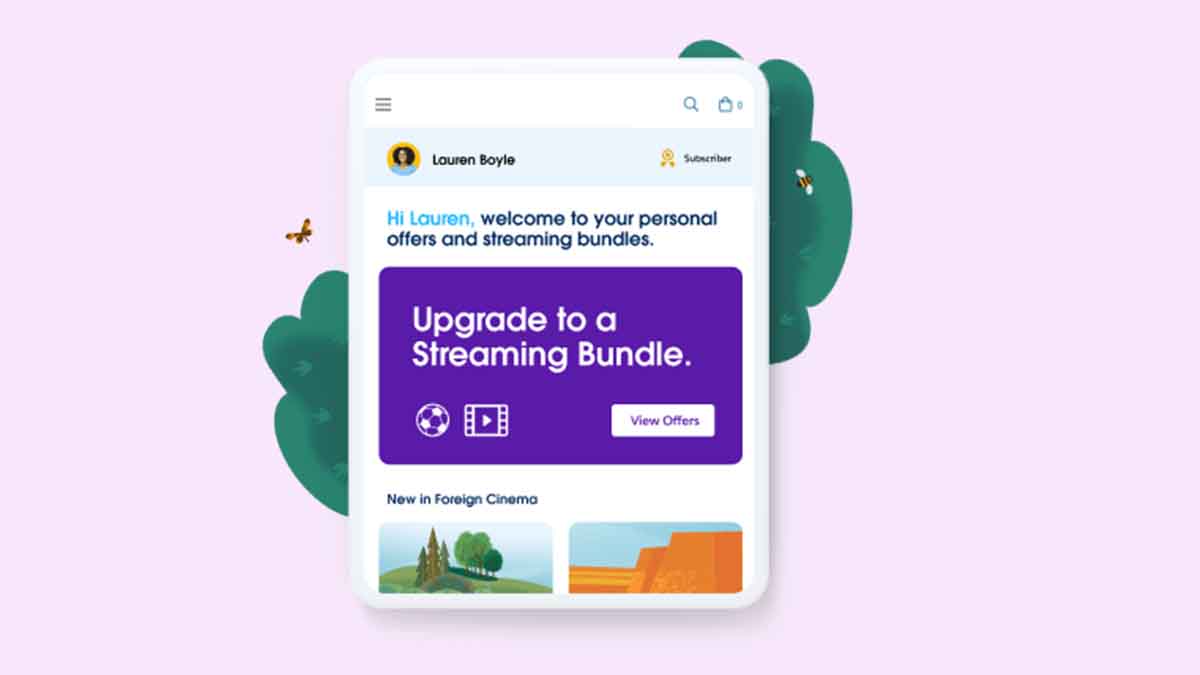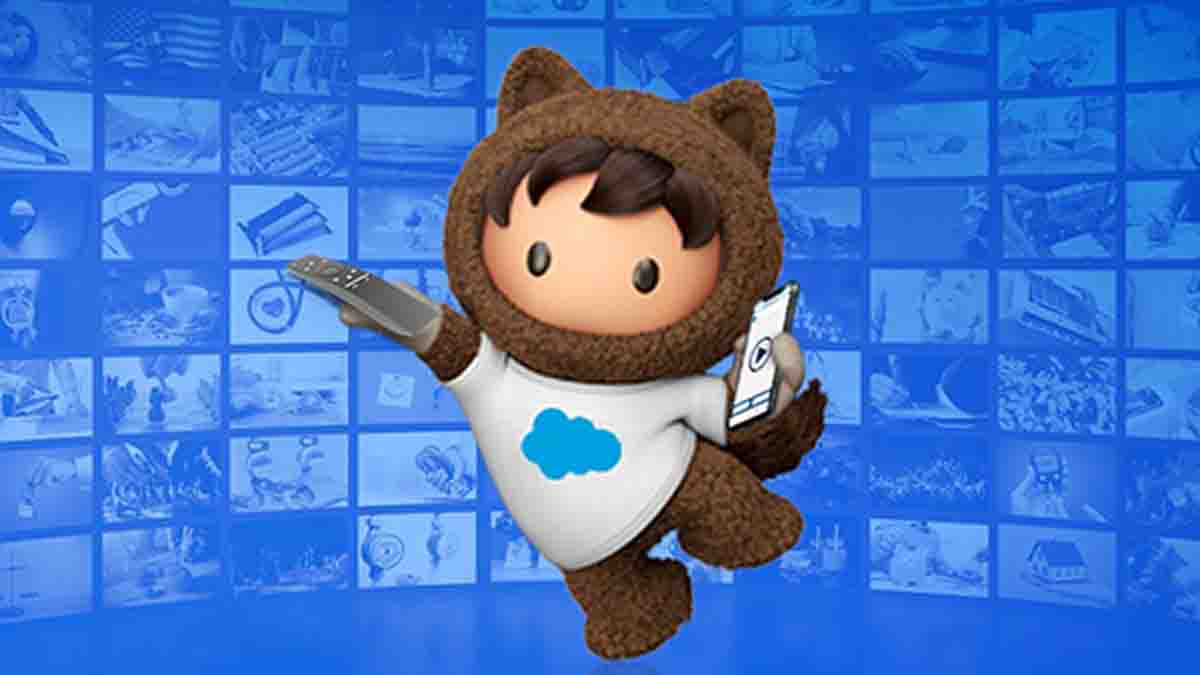How Streamlining Data Helps Media Companies Drive Efficiency and Increase Ad Sales
Increase efficiency and productivity and boost ad sales by optimizing your data
January 24, 2023. 4 min read
Optimizing advertising sales in today’s complex media landscape can often feel like herding cats.
Among digital, programmatic, campaign analytics, and reporting from various platforms, media companies use an average of 23 different systems to run their advertising business, according to Salesforce’s 2021 Marketing Intelligence Report.
Data from these platforms resides in different systems and formats, and manually trying to collect and unify it is cumbersome and time consuming. This leads to delays and inaccuracies, loss of productivity, operational inefficiencies, and revenue leakage.
Valuable resources are also being drained away from more productive tasks, with 56% of marketers saying they’re spending a few days a month on these manual, labor-intensive processes.
It makes the sales process inefficient and expensive.
Furthermore, the face of ad sales is changing: the client/salesperson relationship isn’t just transactional. Your clients now look to salespeople as trusted advisors, experts on their products and ads, and they therefore expect real-time collaboration on a unified platform to deliver actionable insights.
That means having access to a single source of truth, unifying disparate data sources and systems. Streamlining is essential to grow revenue and accelerate sales cycles – and make your business more cost efficient.
Streamlining your ad sales data helps you:
- Maximize revenue
- Boost productivity with your digital HQ
- Sell smarter and predict customer needs
- Unify sales and marketing to grow pipeline
It’s the key to both increasing efficiency and selling more personalized ads to fuel long-term customer loyalty. Here’s how to get started.

Streamlined systems lowers costs to sell

Gaby Hosokawa, Salesforce Product Marketing Manager for the Media & Entertainment industry
The solution is a converged advertising ecosystem, which lets advertisers conduct every part of ad sales on a single platform and is nimble enough to scale and evolve with market conditions. That means working on an end-to-end platform that handles the entire arc of advertising — from the client pitch to media planning, campaign execution, measurement of advertising impressions, and reporting.
An end-to-end advertising management system powers omni-channel experiences across converged channels and formats that capture attention, drive action, decrease costs, and accelerate business growth. If you don’t have the right systems in place to converge data and create a single source of truth across platforms, it increases the cost to sell ads.
“Companies want to increase profitability, which means maximizing revenue and cutting costs,” Hosokawa said. “The challenge for the first is not having the entire view of ad inventory, resulting in revenue leakage. And for the second, the challenge is the complexity of multiple platforms.”
That’s where automation comes in. It’s essential to streamline and unify inventory to deliver an accurate media plan quickly. But that’s not all. On top of automating that process to deliver plans to advertisers as quickly as possible, creating integrations that connect deployment and execution with downstream ad systems is also important.
“If you have data from all of the ads a client has purchased, you understand who they want to target, what advertisements work best for them, and when to offer them a new product or campaign,” Hosokawa said.
For example, you can automate omni-channel campaign sales, configuration, and pricing for routine buys. From a portal, customers can self-serve and are guided through the entire quoting, ordering, and fulfillment process.

Advertisers are looking for advisors, not salespeople
While the right processes need to be automated, don’t forget the human element. Advertisers are not only looking for someone to sell them space; they want a partner to advise them on solutions that work best for their business.
That means not bogging down your organization’s ad reps with tedious, manual processes, freeing them up to act as a strategic consultant with their clients. Salespeople need a real-time, consolidated view of data to act as effectively – and efficiently – as possible.
Setting up processes so course corrections can be made while the campaign is live is critical. Automating campaign measurement to uncover actionable insights in real time and shift placements to drive results that meet or exceed objectives is critical. This way, campaigns can constantly evolve based on the incoming data.
Now, every process is not only automated but integrated across systems. If a client is buying less advertising, you can instantly assess why, anticipate whether they’re about to churn and then create new opportunities to up-sell.
“Basically, it’s a way for sellers to boost productivity through automation,” Hosokawa said.
Increased efficiency translates to satisfied customers
More Resources

Save time and money with automated media experiences

Accelerate advertising sales





